environmental land management schemes
From today, eligible farmers, foresters and land managers who’ve received pre-application advice and completed any necessary preparatory works will be invited, on a rolling basis, to apply for Countryside Stewardship Higher Tier (CSHT) online.
To better reflect the contributions made by those with HLS agreements and to support the continued protection and management of these sites, we’re increasing HLS payment rates. We’re also encouraging those considering applying for a CSHT agreement to familiarise themselves with the process to prepare.
As a result of unprecedented demand, some of the capital grant offers for farmers has temporarily closed to new applications. In this post, we summarise the changes to capital grants.
To help farmers, growers and land managers adopt different IPM approaches, we’ve published a new guidance page on GOV.UK. This post includes a link to the new guidance page and background on IPM.
This month, Natural England published its annual report summarising projects of the Agri-Environment Scheme Monitoring & Evaluation Programme. In this guest post, Natural England’s Usha Waygood, Senior Officer in the Evidence Directorate, highlights some of the team’s findings from the report.
It's been a while since our last post. We’re glad to be back! Over the past month, we've been welcoming Defra's new ministerial team, who are fully committed to environmental land management schemes. We've been working with them to optimise our schemes and grants for farmers, food security and nature recovery. In this post, we’ll …
We’re committed to ensuring that the policies underpinning our environmental land management schemes are based on the very latest and best possible evidence. One evidence source is the recently published qualitative environmental impact assessment (QEIA). In this post I’ll give an overview.
Farmers and land managers participating in Weald to Waves share their experiences of taking part in tests and trials. The test is part of a wider project, led by Knepp Estate, which aims to build a wildlife corridor stretching from Ashdown Forest to the Sussex coast. Along the way, they share with us how they …
Over the past few weeks, we've summarised the updates to our environmental land management offer by farm type. These posts follow last month's Agricultural Transition Plan update. In this post, we’ll focus on the updated offer for livestock and grassland farmers.
The horticulture industry in England is diverse. As such, we and have a range of different offers available for farmers and growers. Whether you grow carrots or strawberries, daffodils or apples there is support you can access to help increase your productivity, improve the environment and innovate. In this post, we’ll summarise the schemes and grants …



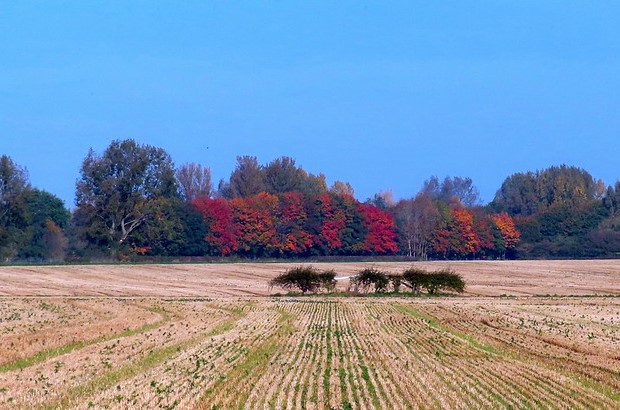
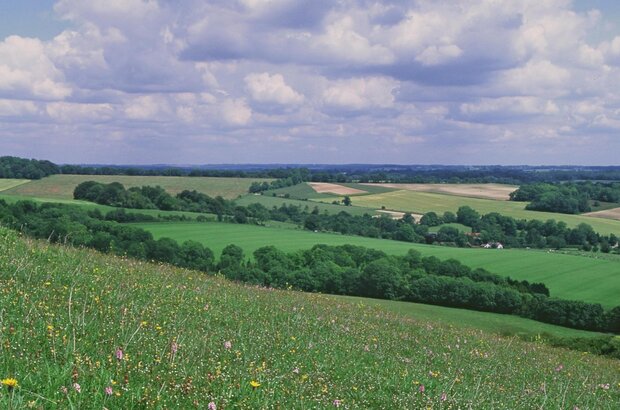
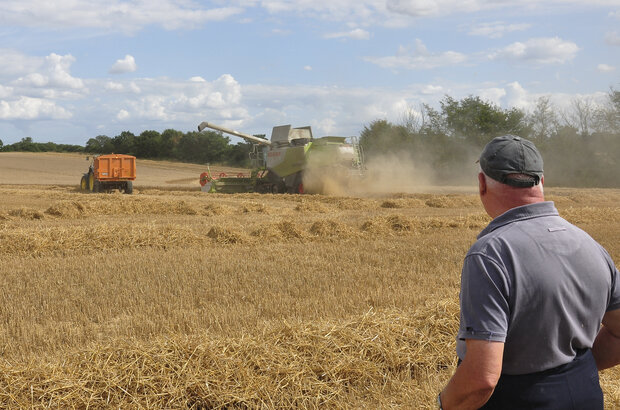
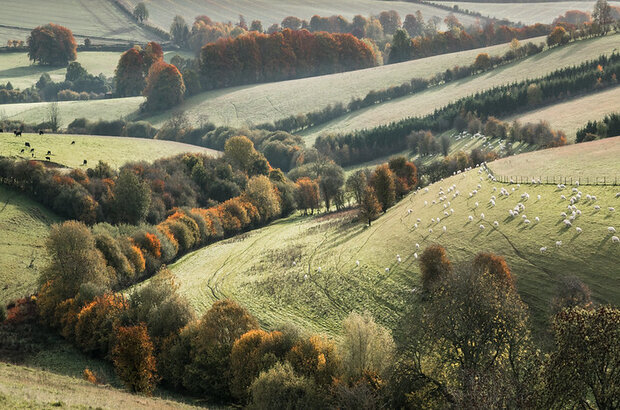
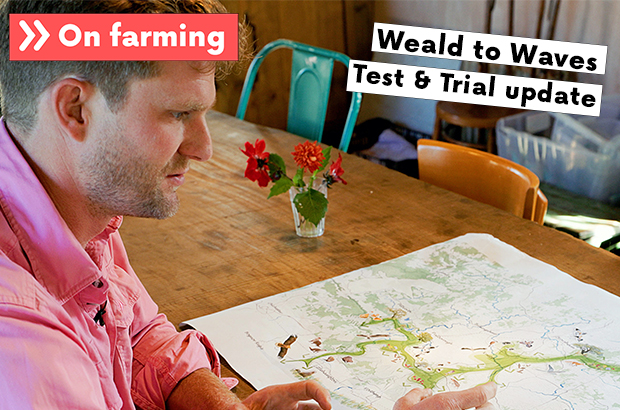
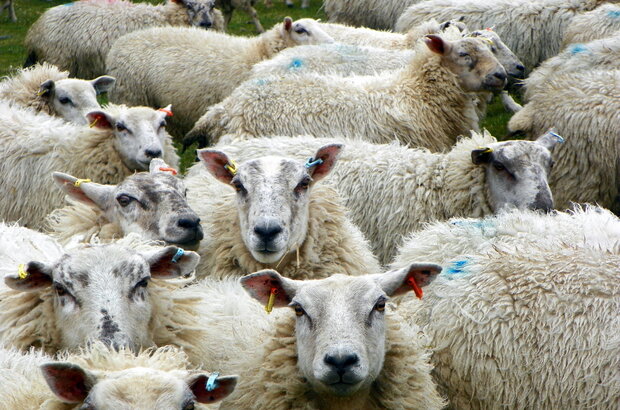
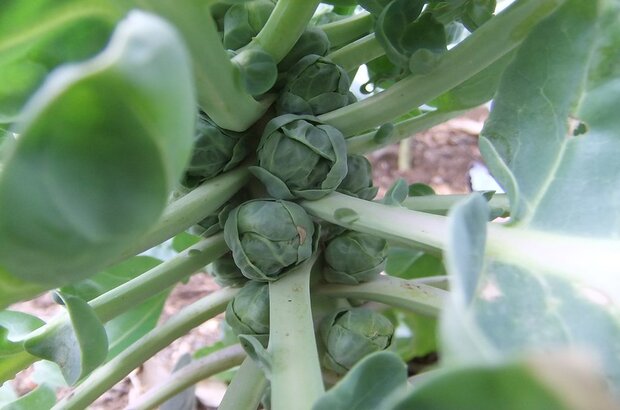



 The
The 